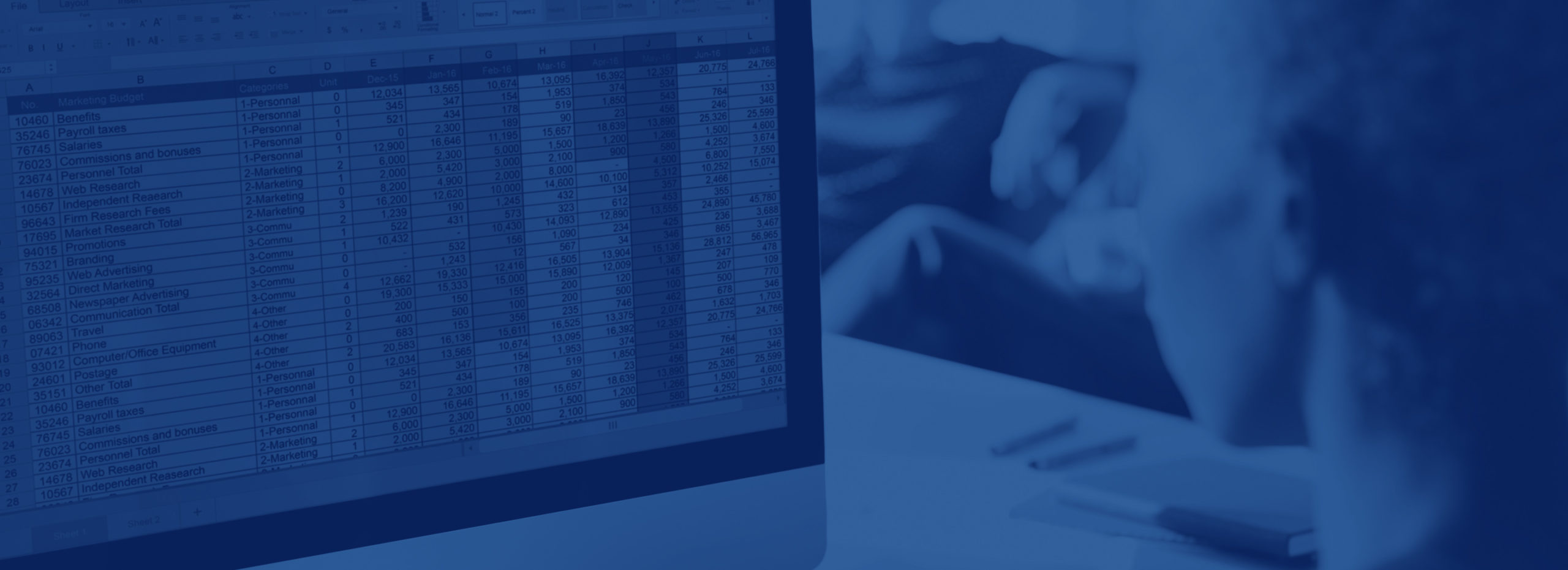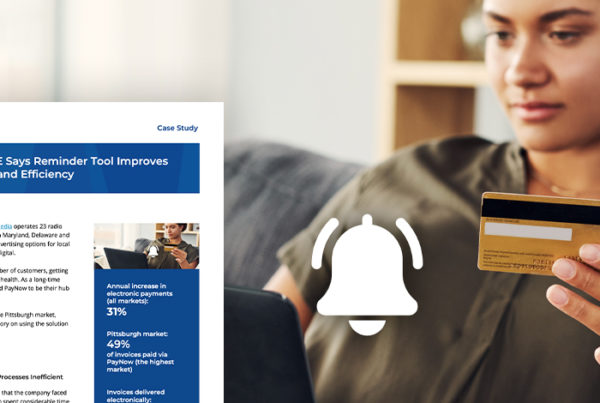Rate cards are volatile and hard to stay on top of since so many things impact them. They constantly change for a million different reasons. Many broadcast sales teams are still tracking these manually, and that’s a massive drain on time. What’s even more concerning is that managing rates via Excel could be hurting top-line revenue.
 With all the factors that affect rates — demand, timelines, number of spots purchased, seasonality — is that spreadsheet really equipped to deliver the right price at the right time?
With all the factors that affect rates — demand, timelines, number of spots purchased, seasonality — is that spreadsheet really equipped to deliver the right price at the right time?
We’re bringing up the scenario because spot ad rate optimization is critical for broadcasters to grow revenue on a finite product. Additionally, in a recent survey, we heard from several media companies that this was their go-to for rate management. We want to ensure that all broadcast sales leaders and their teams understand how manual processes negatively impact top-line revenue.
Excel Is Great, But It’s Not a Rate Optimization Tool
Managing rates via Excel can be helpful. It’s better than pricing based on intuition or having only a few rate tiers. The problem is that the more complex the factors, the more Excel becomes a liability. You’re putting your faith into those equations in the cells. What if one is updated incorrectly? It throws everything off.
It’s also not a predictive tool that uses algorithms to price based on data. It only knows what the numbers and equations compute. Depending on how often you update rate cards, things could always be in flux, which could cause miscommunication and incorrect pricing.
As far as software goes, it’s a tool that still requires a lot of manual work. So, what if your rate experts aren’t there to keep it running?
Your Rate Expert May Not Always Be Available
For those broadcast sales teams that use Excel to manage rates, you likely have rate experts. They are the owners of the calculations and formulas. There’s a lot that only they know. So, what happens when they’re on vacation? Or leave for another position? Do they take all that institutional knowledge with them? It’s something to consider when rate information comes from a sole source.
Why Manual Rate Card Management Eats into Top-Line Revenue
Along with the logistics of using Excel to manage rate cards, other problems with it impact revenue. You’re balancing fixed-rate cards for contracted revenue along with “floating” ones for additional inventory to meet budget. You’re also juggling the need to stay competitive in pricing while optimizing revenue. Over-discounting could be happening as well.
You could be leaving dollars on the table. It’s time to upgrade how you price.
The Excel Alternative: Pricing Optimization Tools That Do the Work for You
If Excel isn’t a long-term, viable answer, then what is? The media industry has started to adopt dynamic pricing, or yield management. It’s a process airlines and hotels have perfected and optimized to make the most revenue based on availability, timelines and other data.
That same practice applies to ad spots. You just need the data to be current and accurate and have the algorithms calculate the rates for you. With this technology, you can use a variety of rate curves to fit any situation, such as:
- Even rates for high-demand spots with no ceiling
- Rate curves that drop the closer it gets to the time to air
- Flat rates with a lower floor for low-demand programming
When you use a dynamic pricing tool, it ingests the data of real-time avails, historical numbers, timelines and the type of curve to deliver the most optimized price.
With this technology, you can say goodbye to spreadsheets and increase top-line revenue by 5% or more.
Revenue Optimization: Learn More in Our Educational Series
If you’re ready to rethink rate cards and revenue growth, sign up for our eight-part educational series, Mastering Revenue Growth. You’ll get lessons on dynamic pricing, technology’s role in rate optimization, streamlining the sales process and more.






